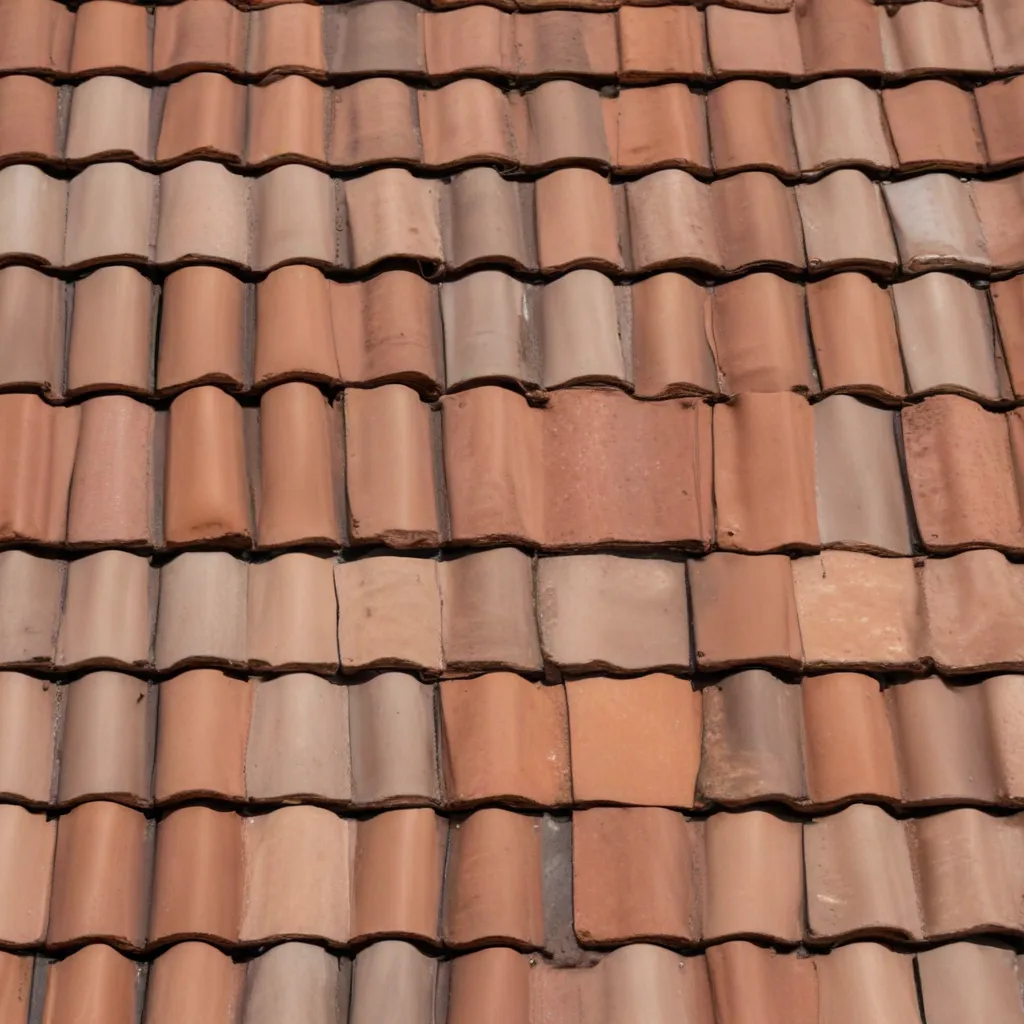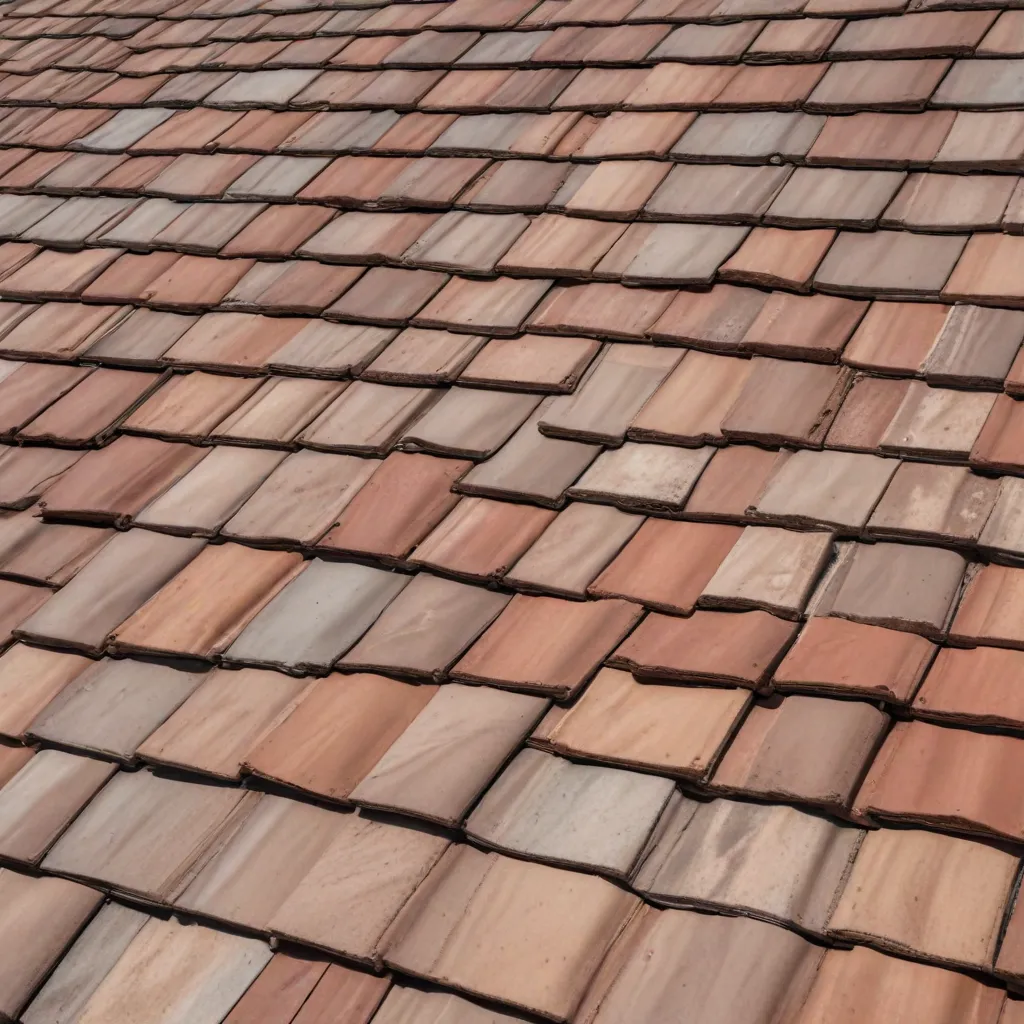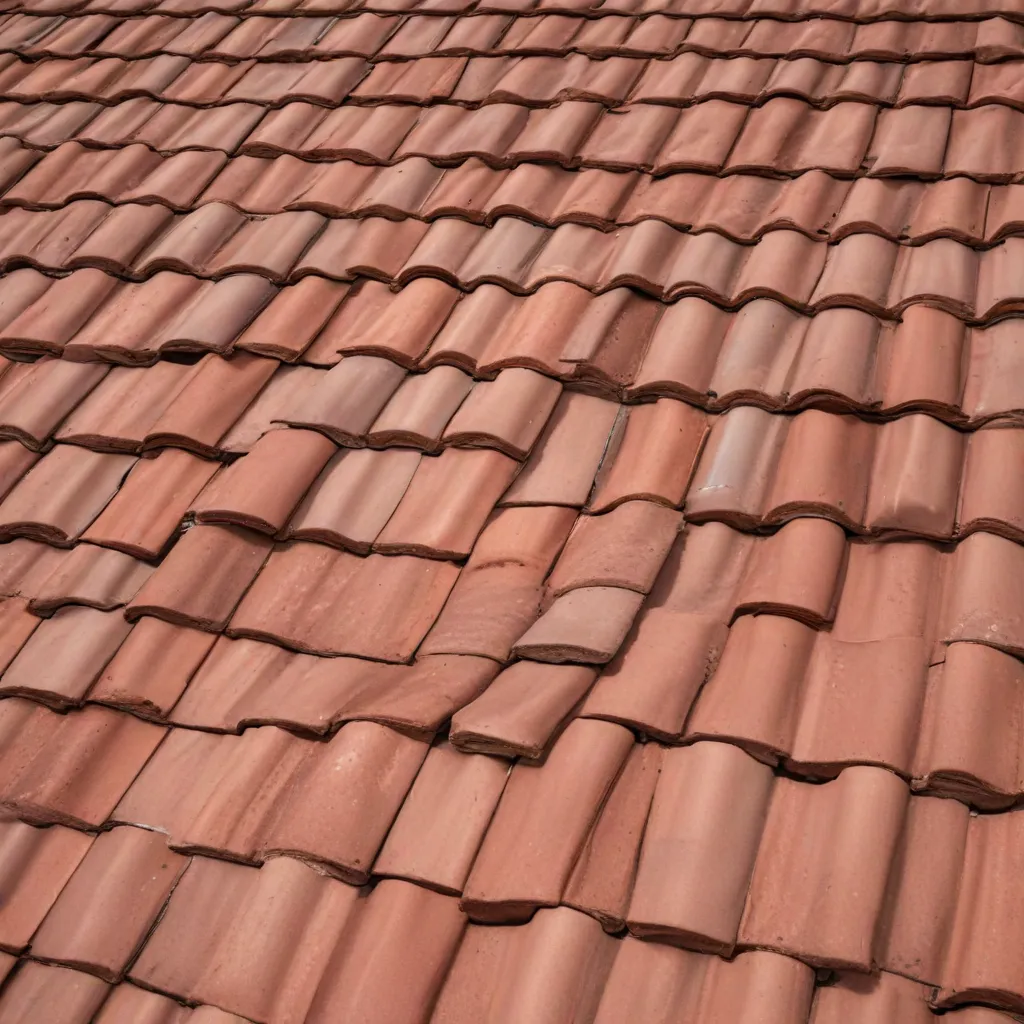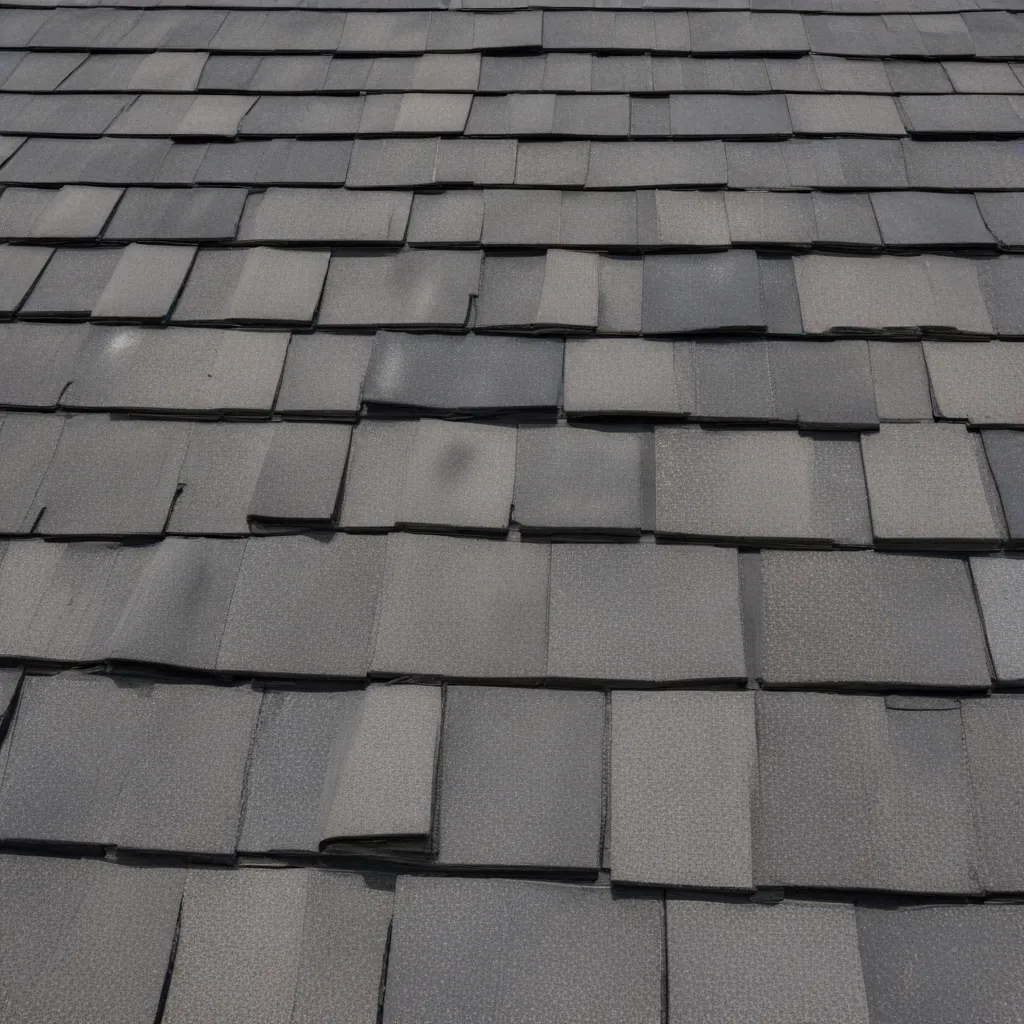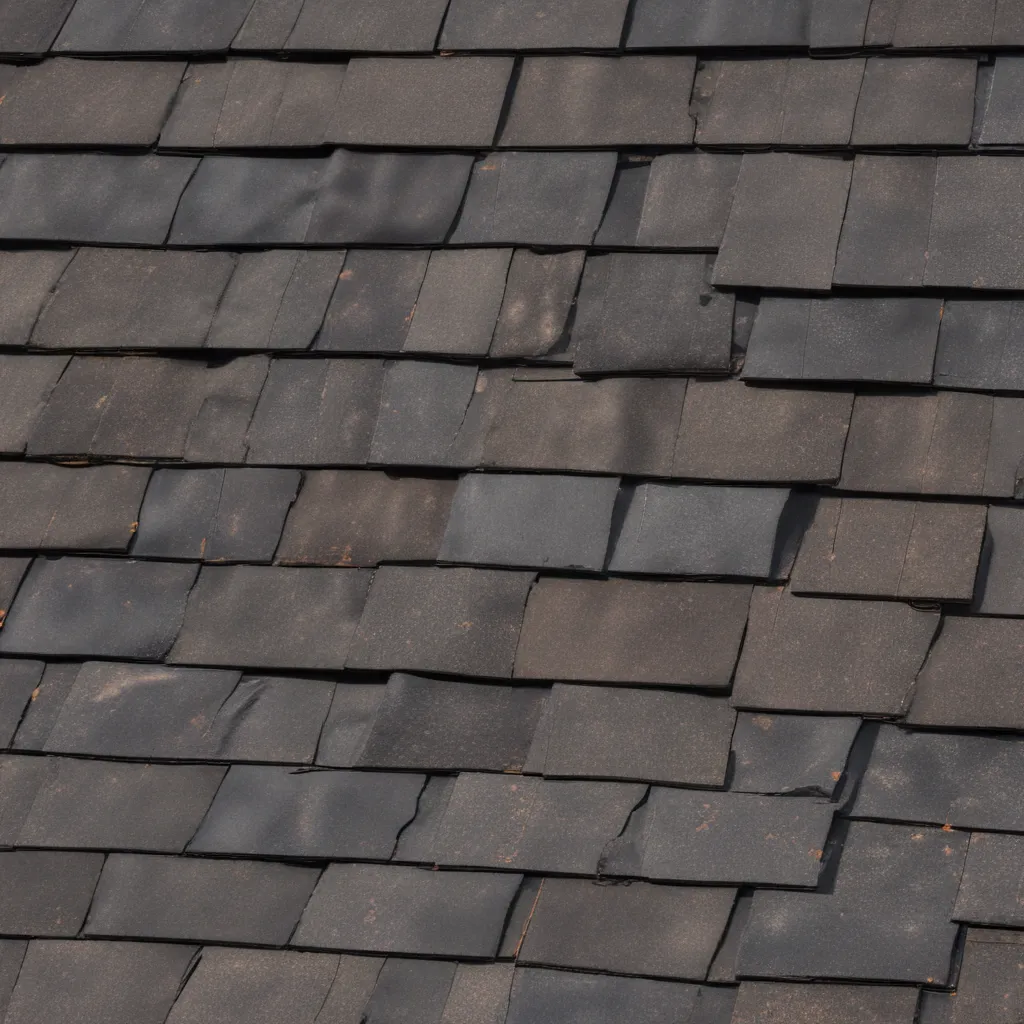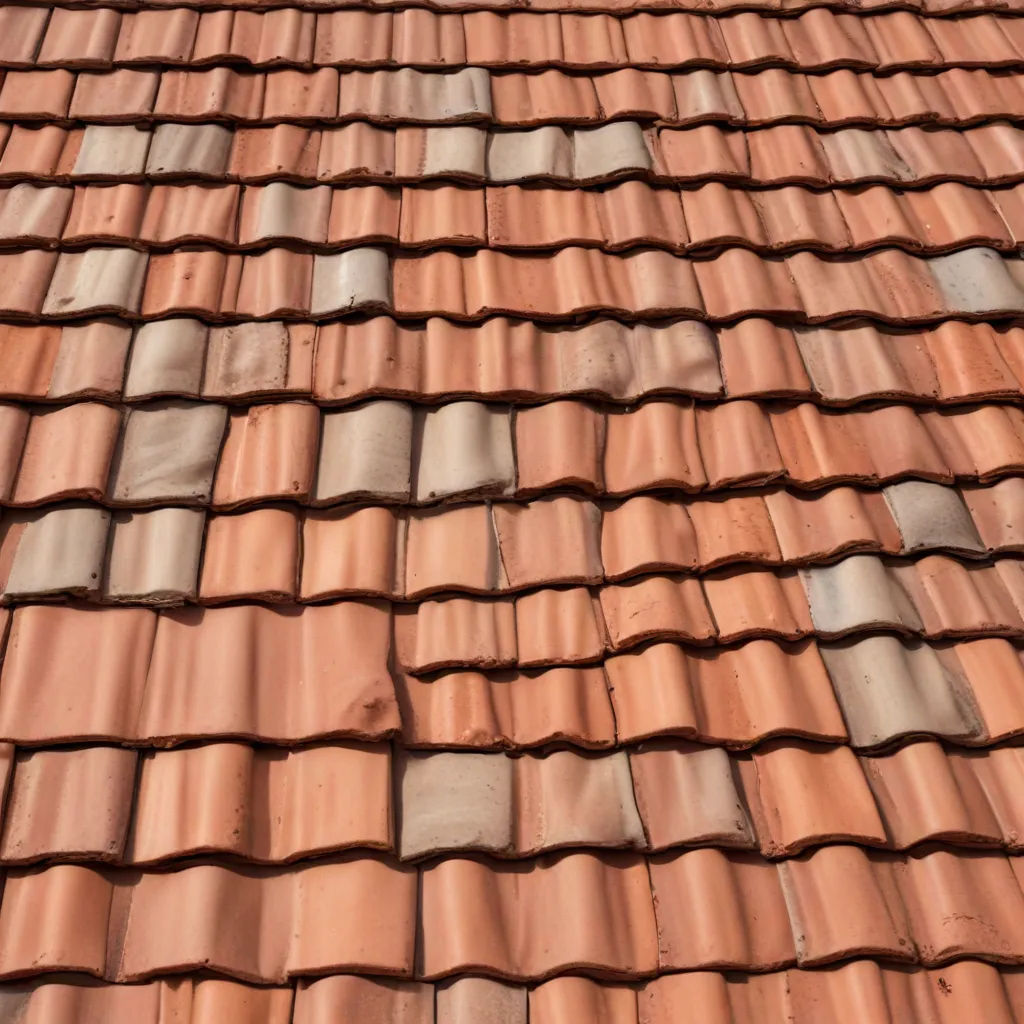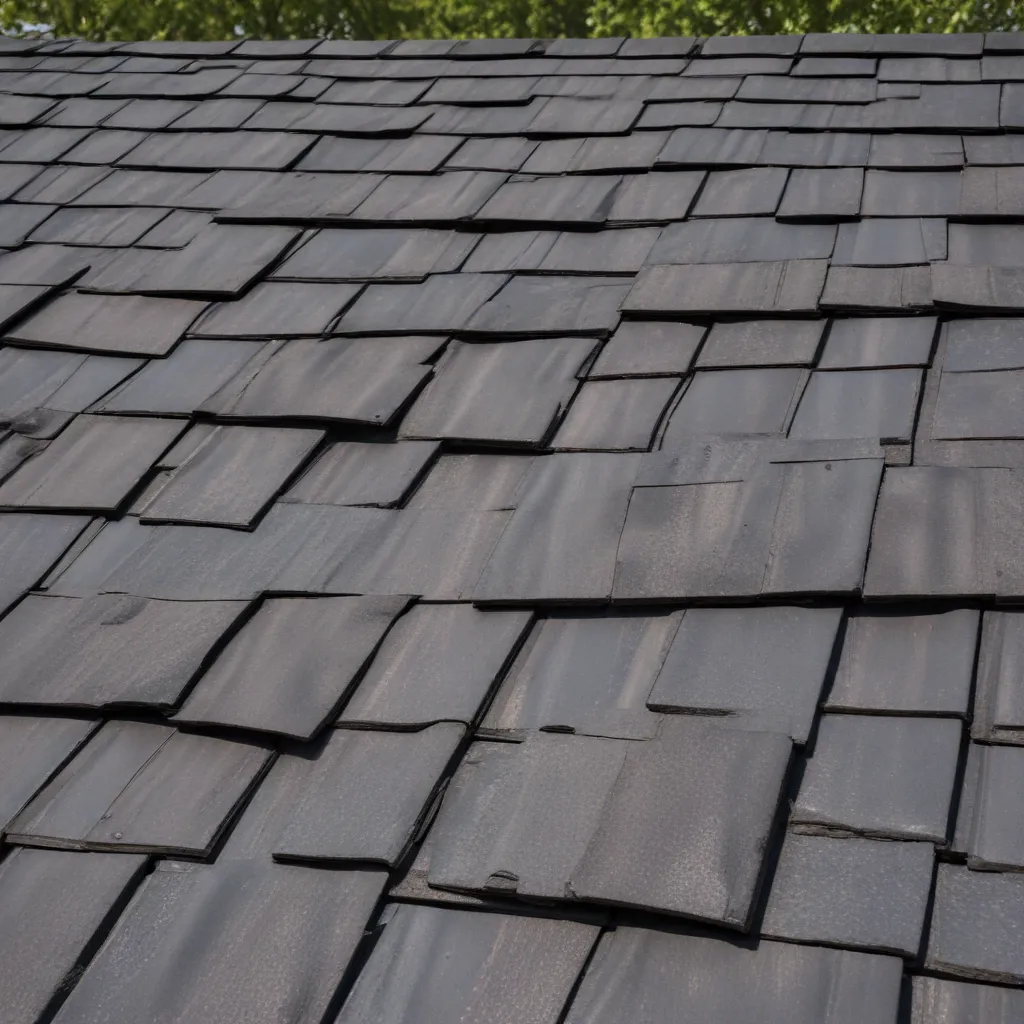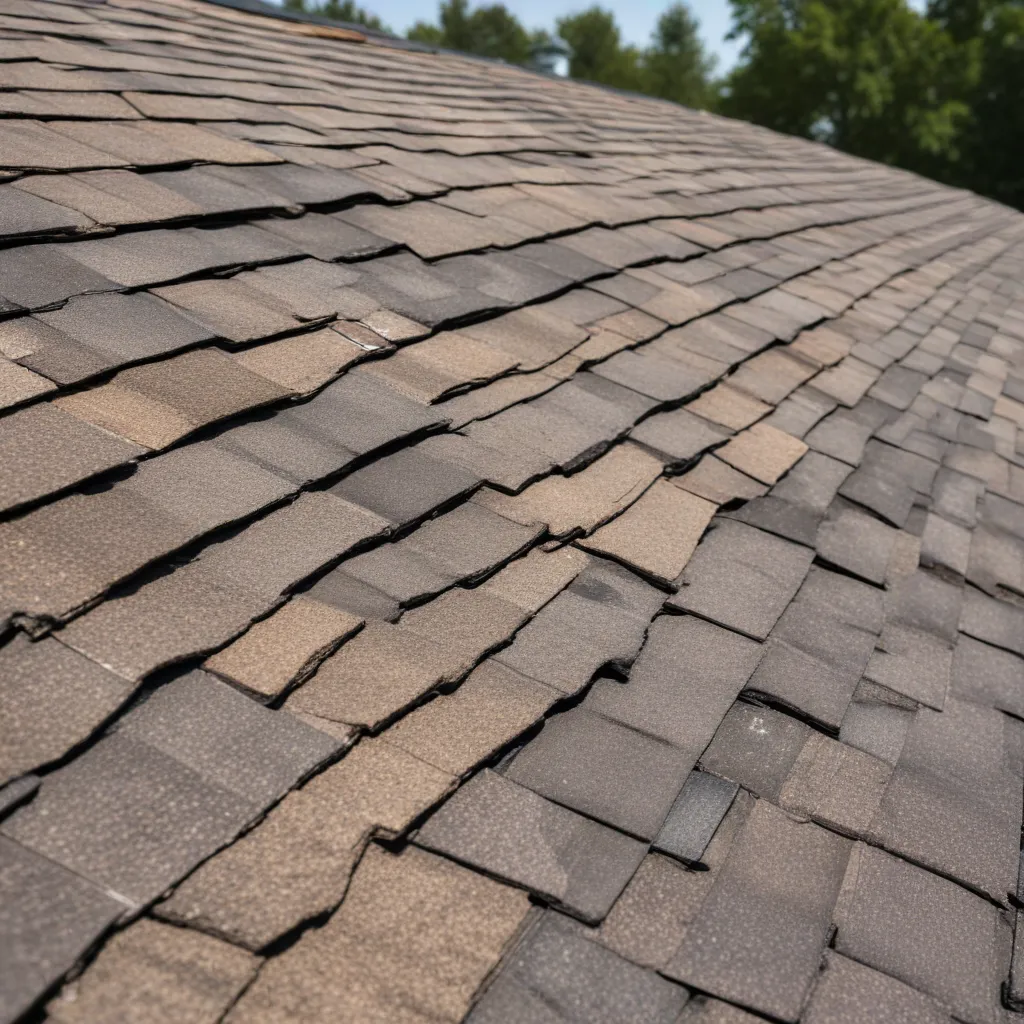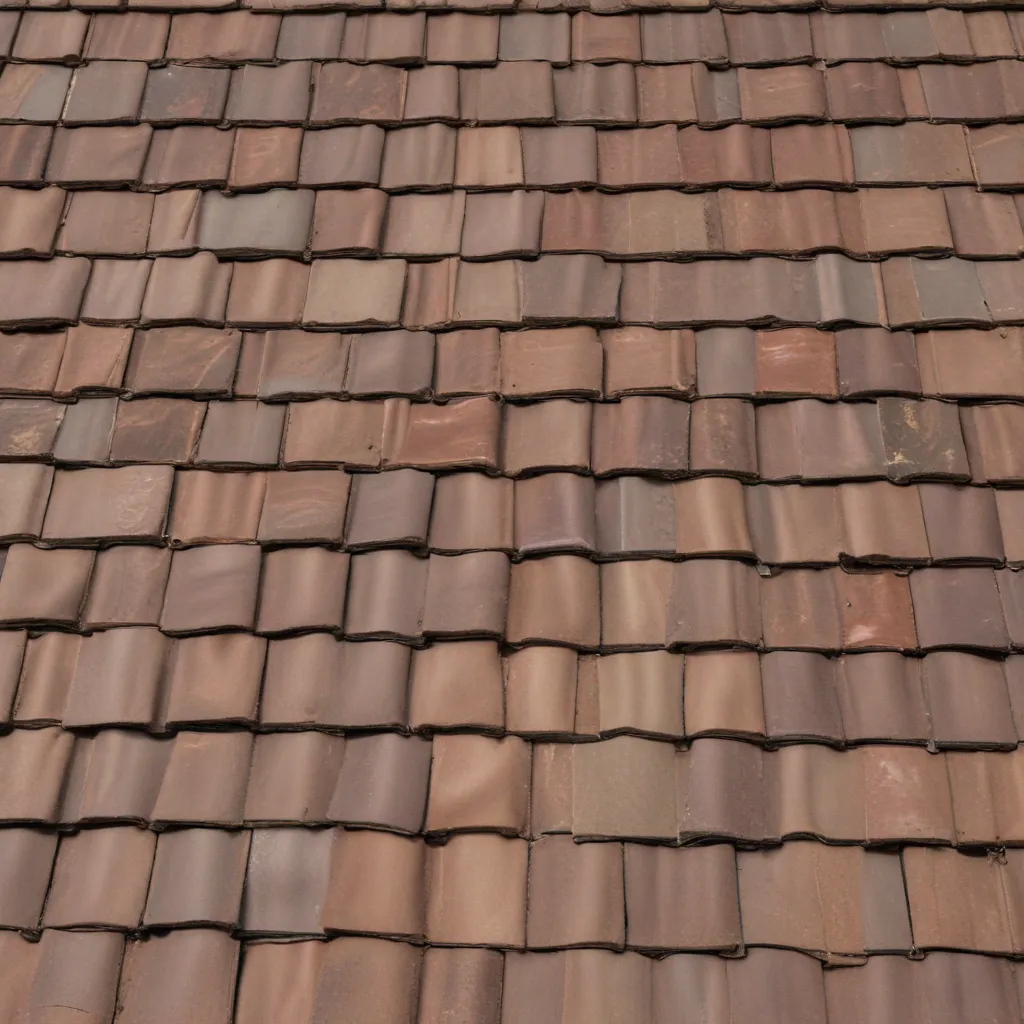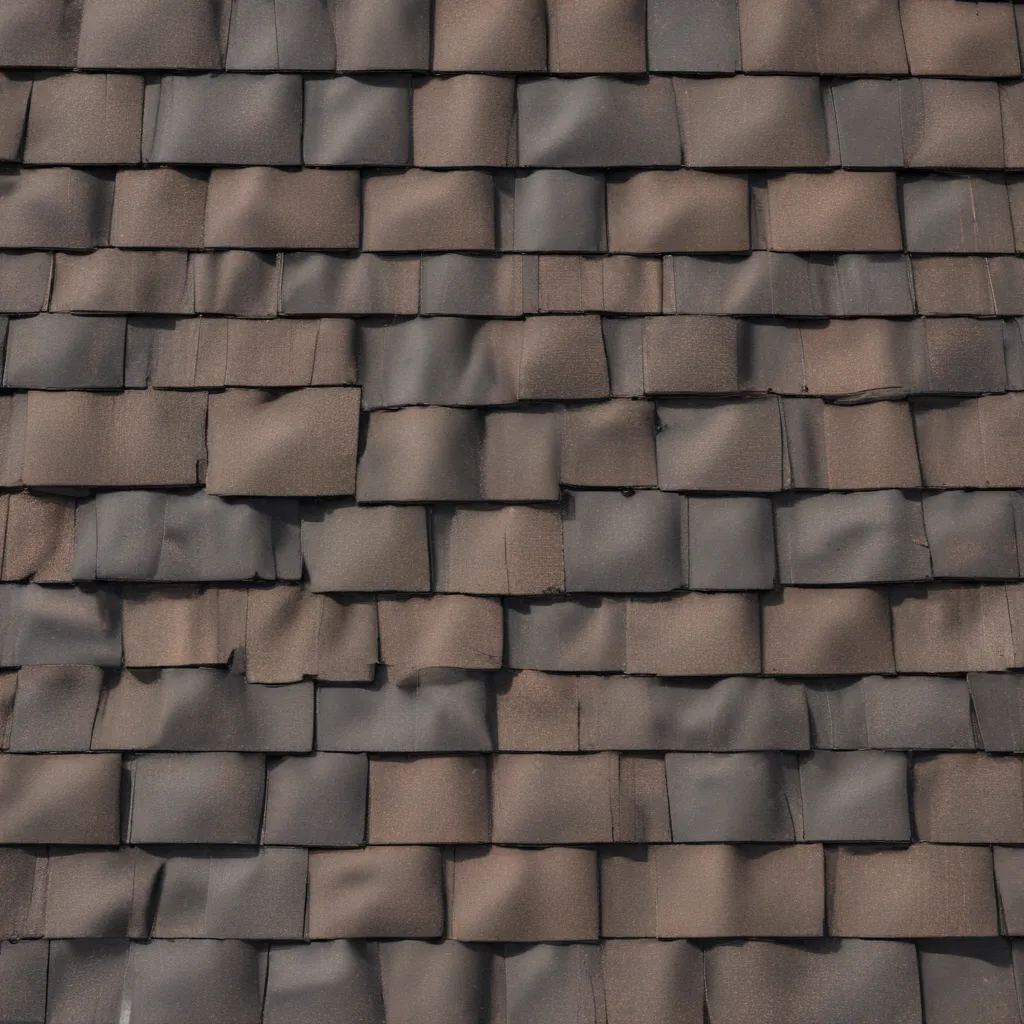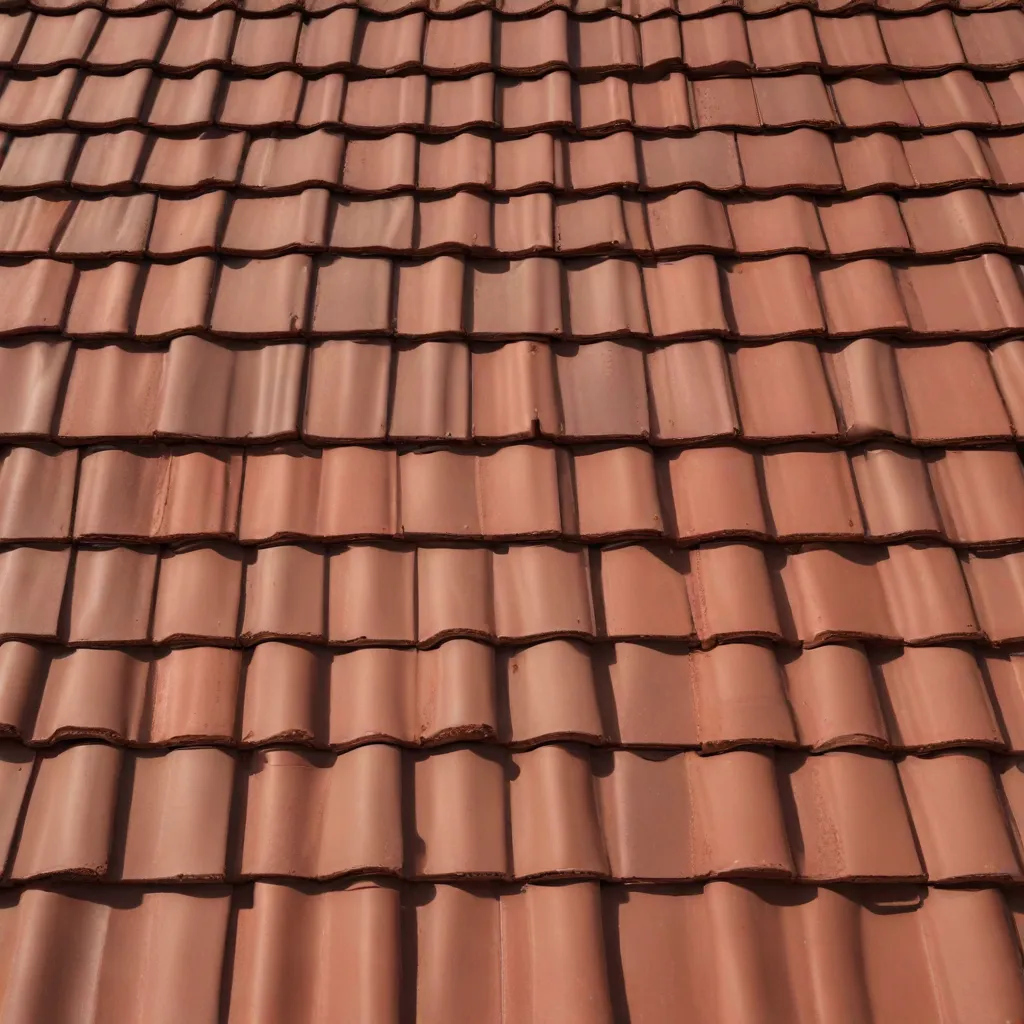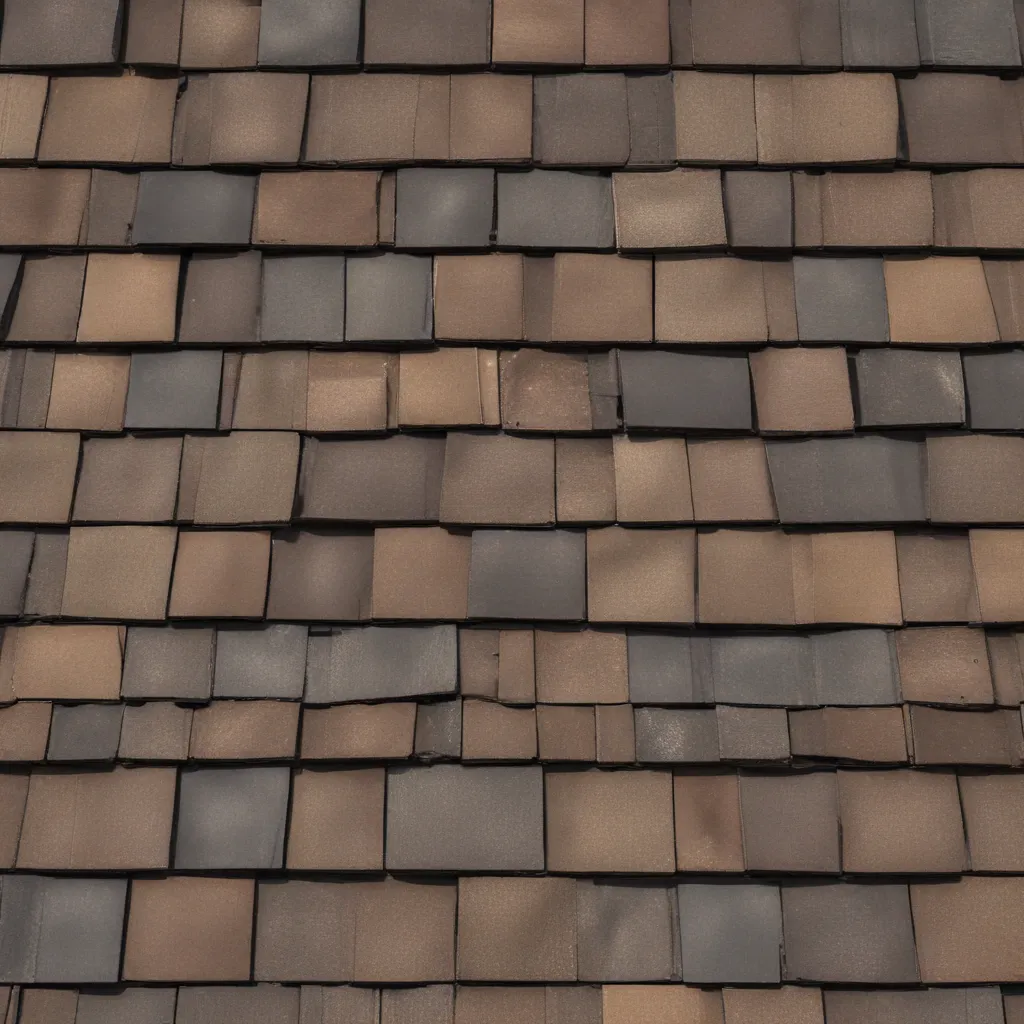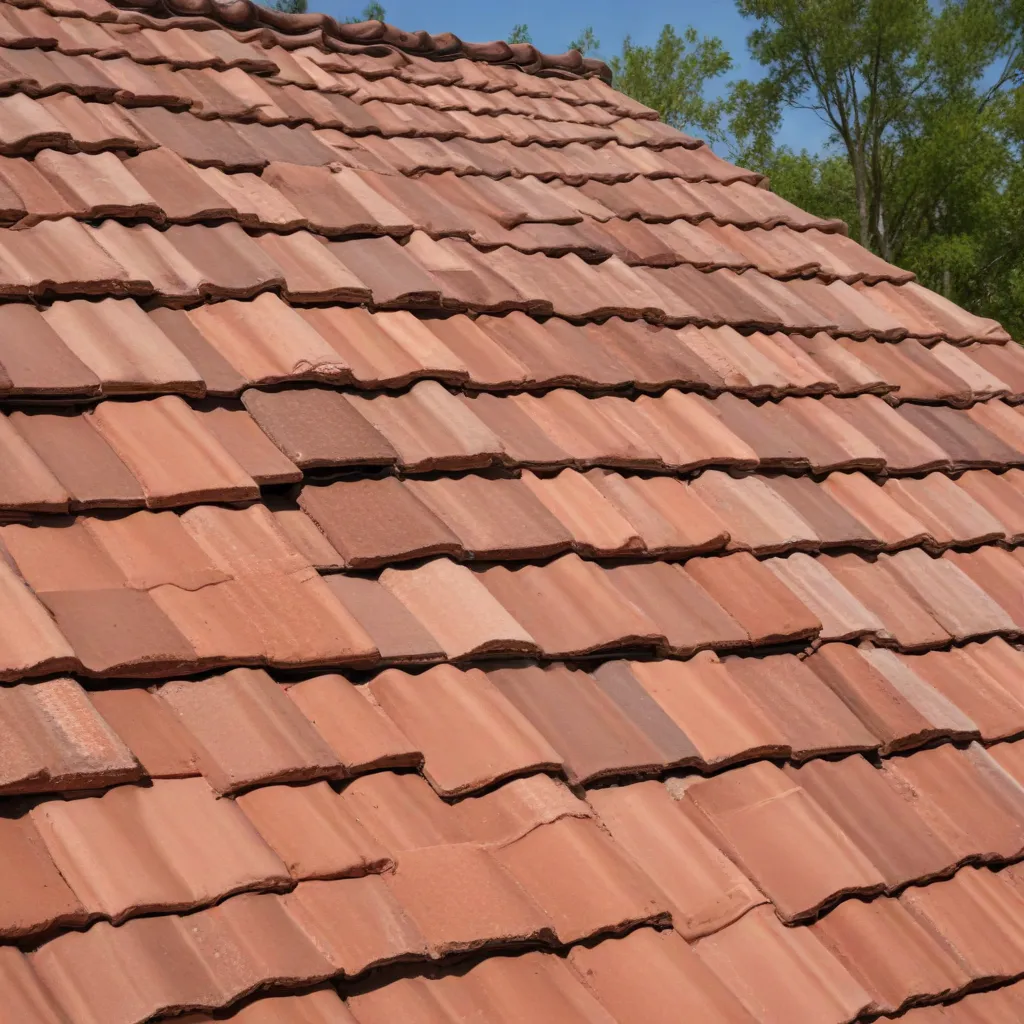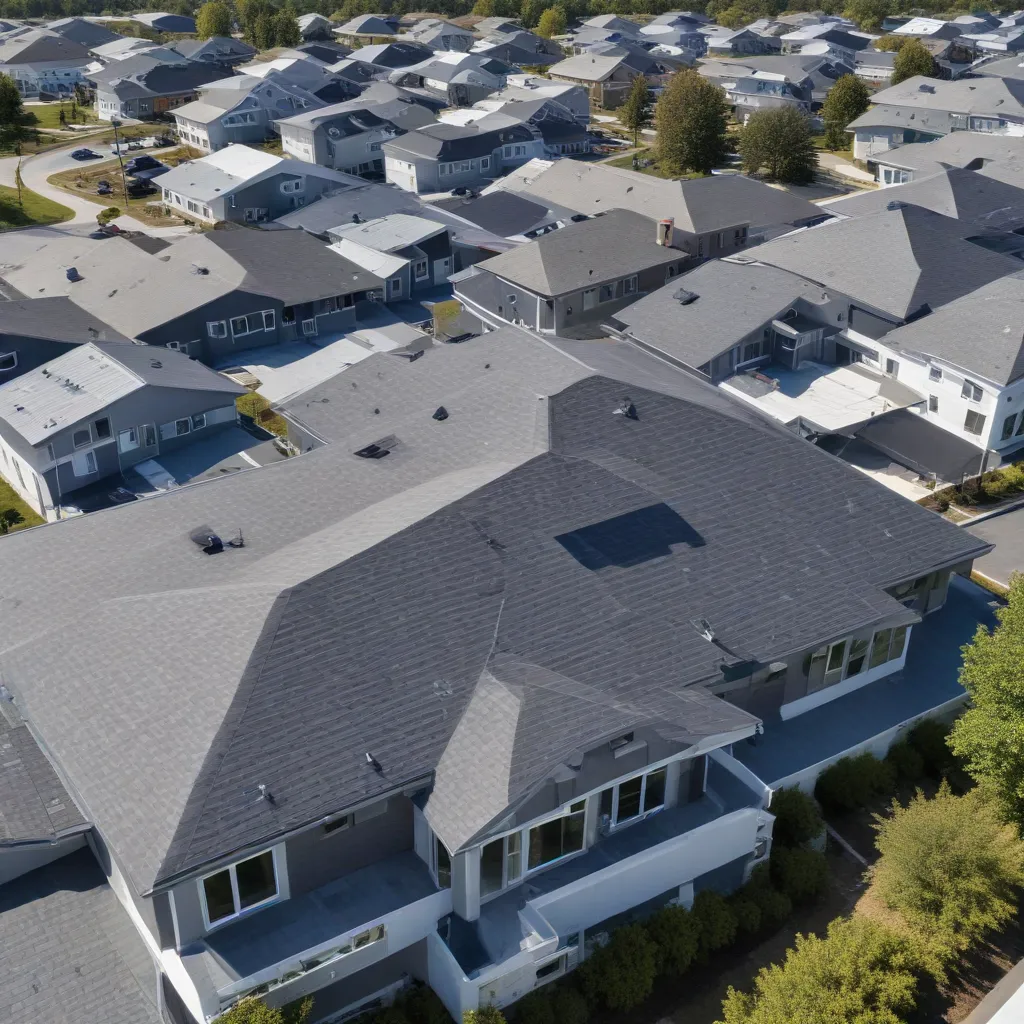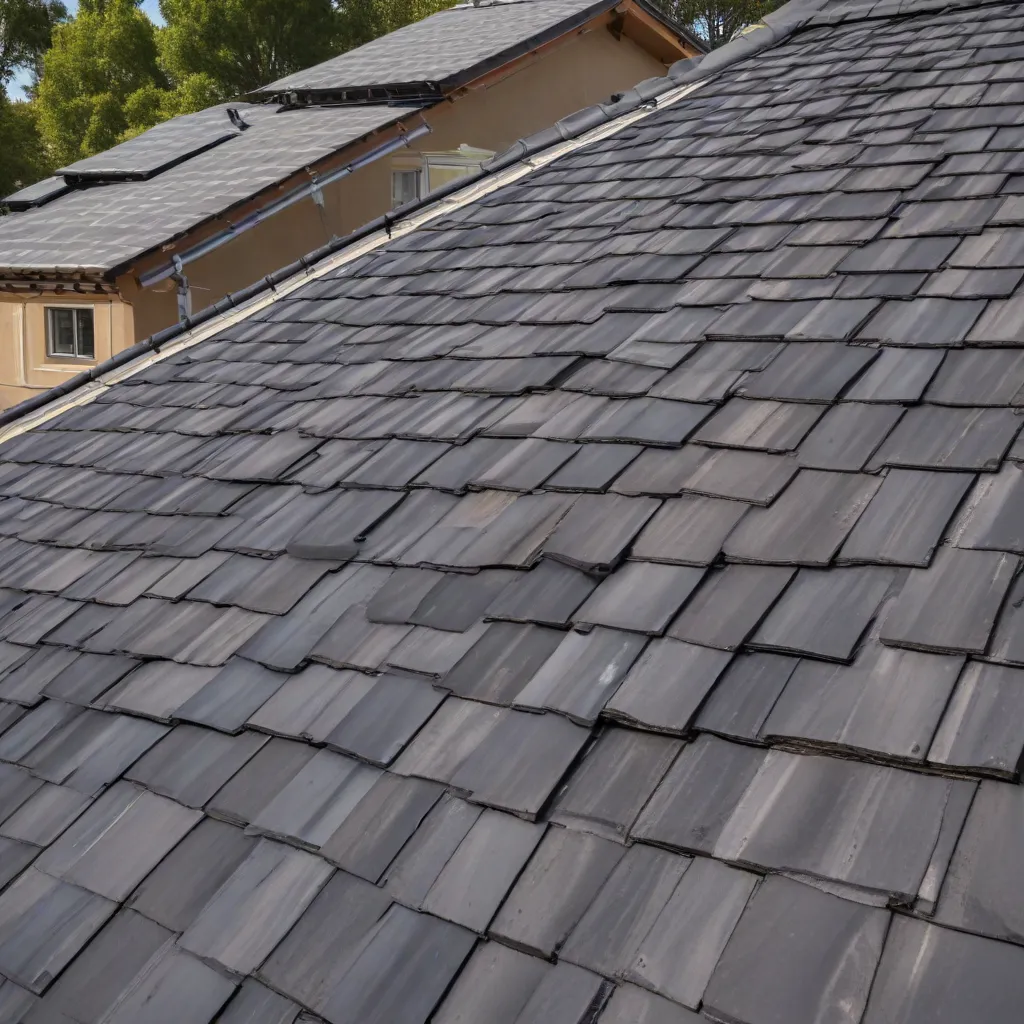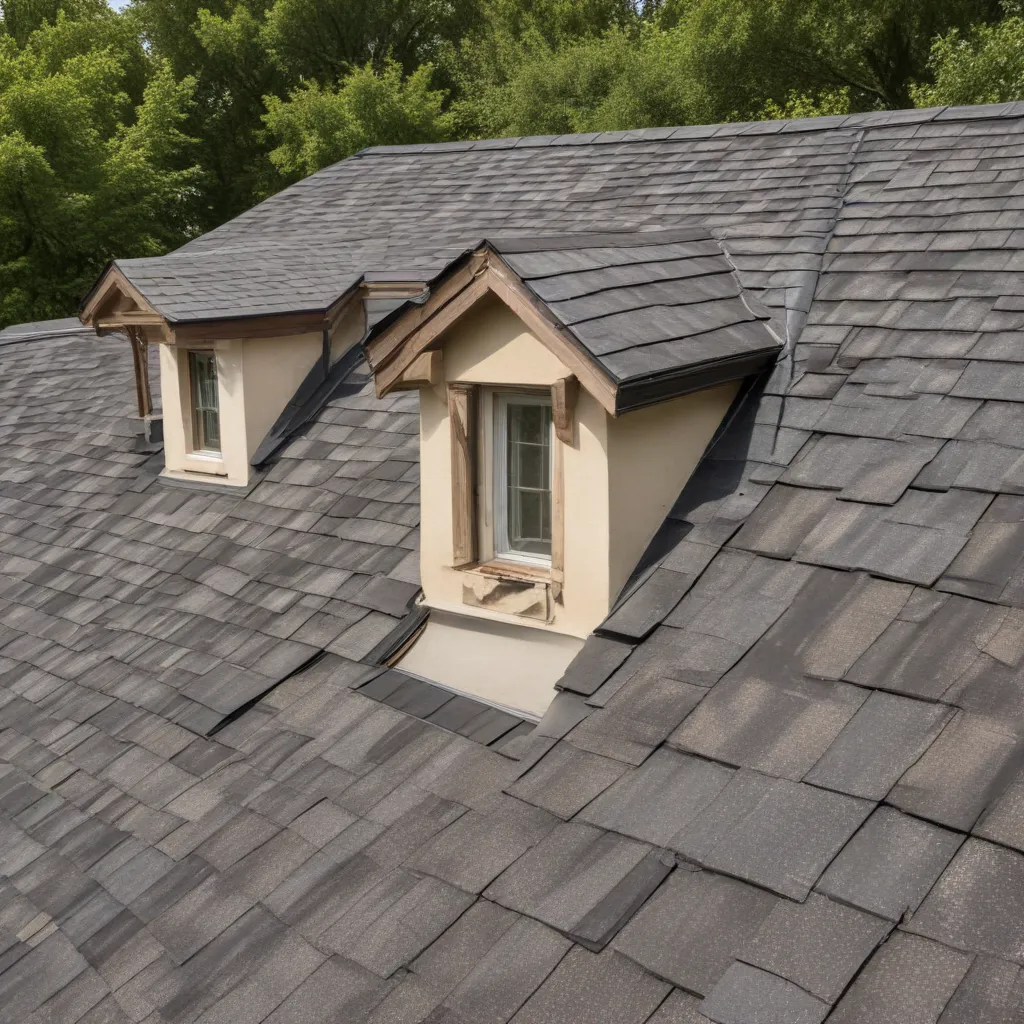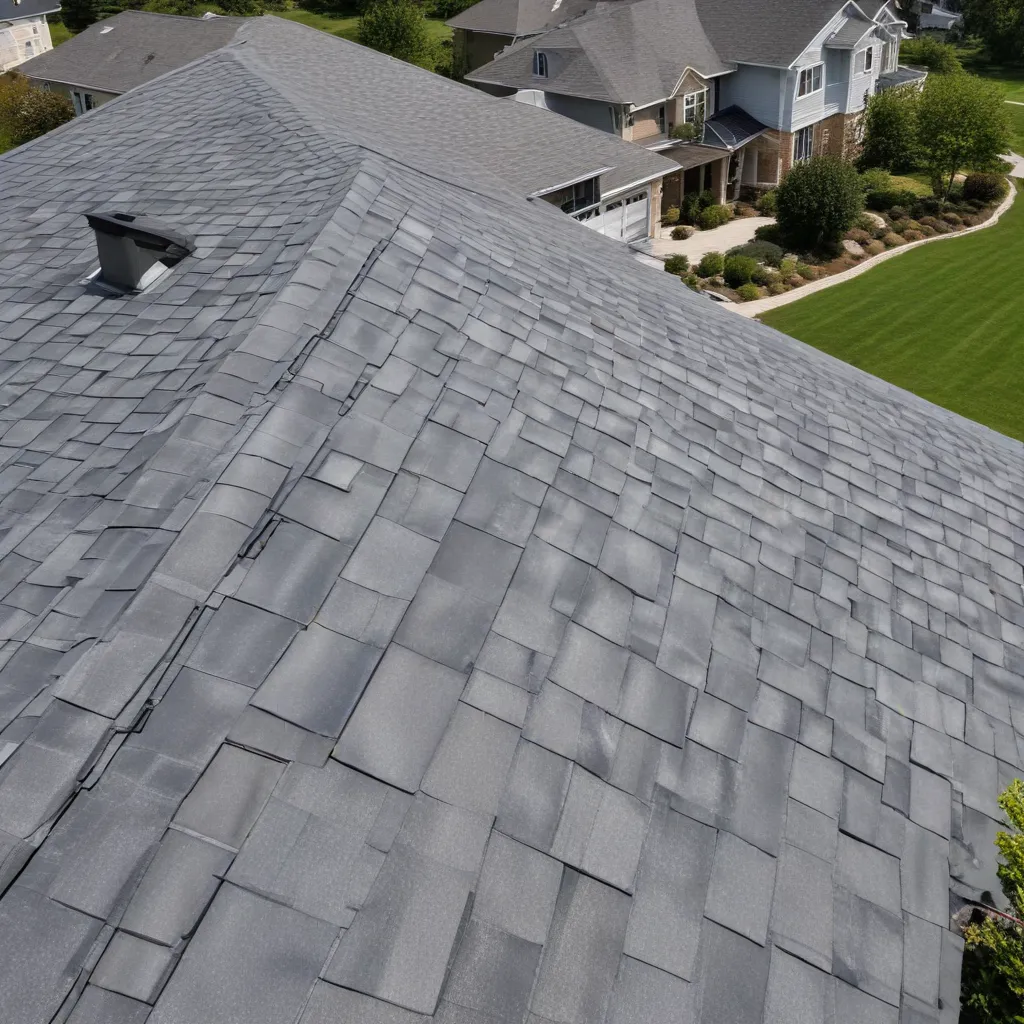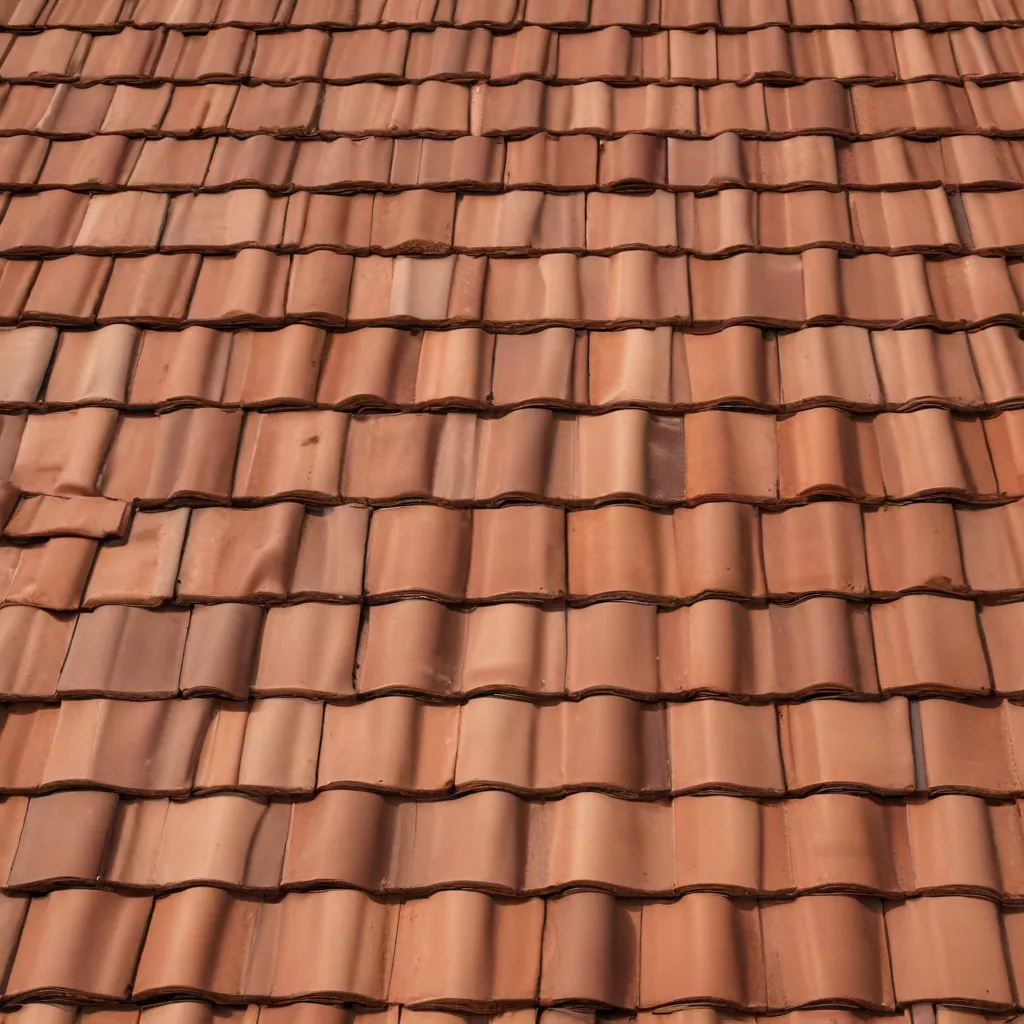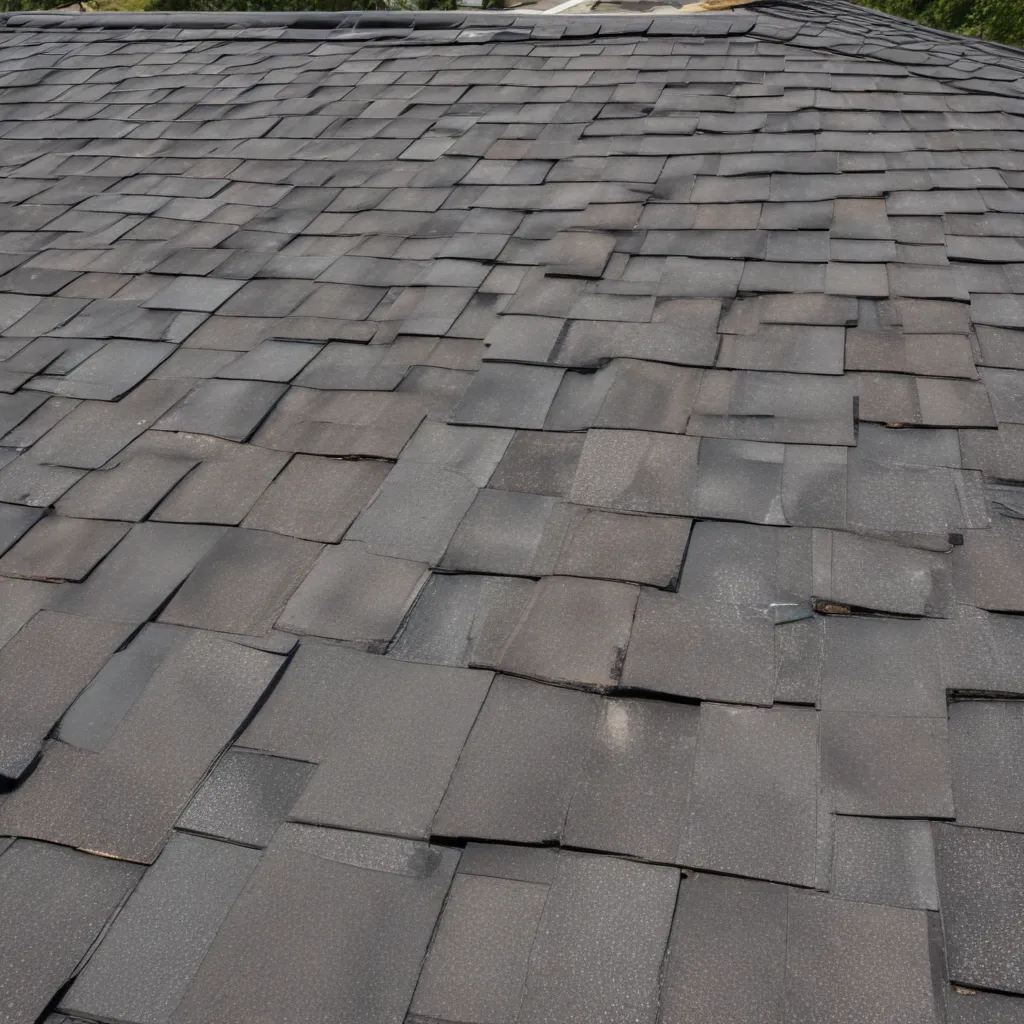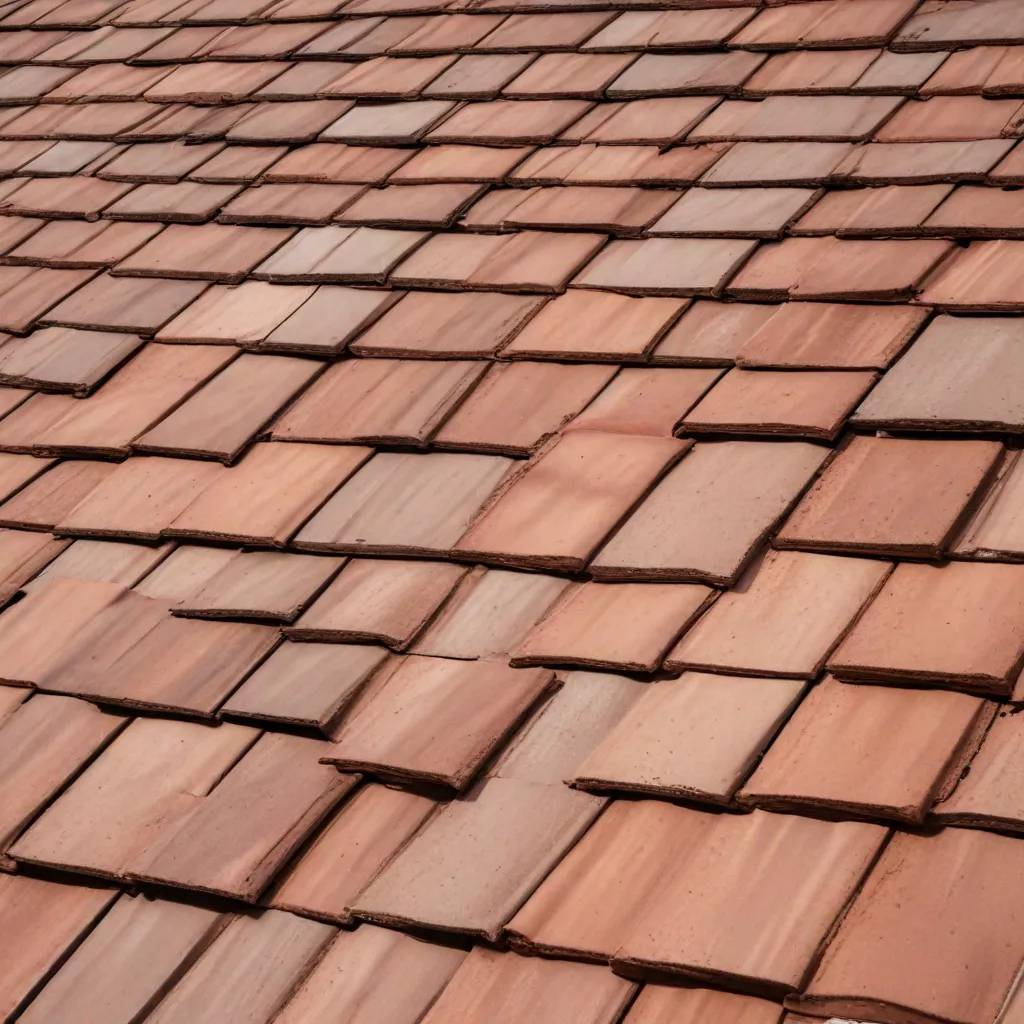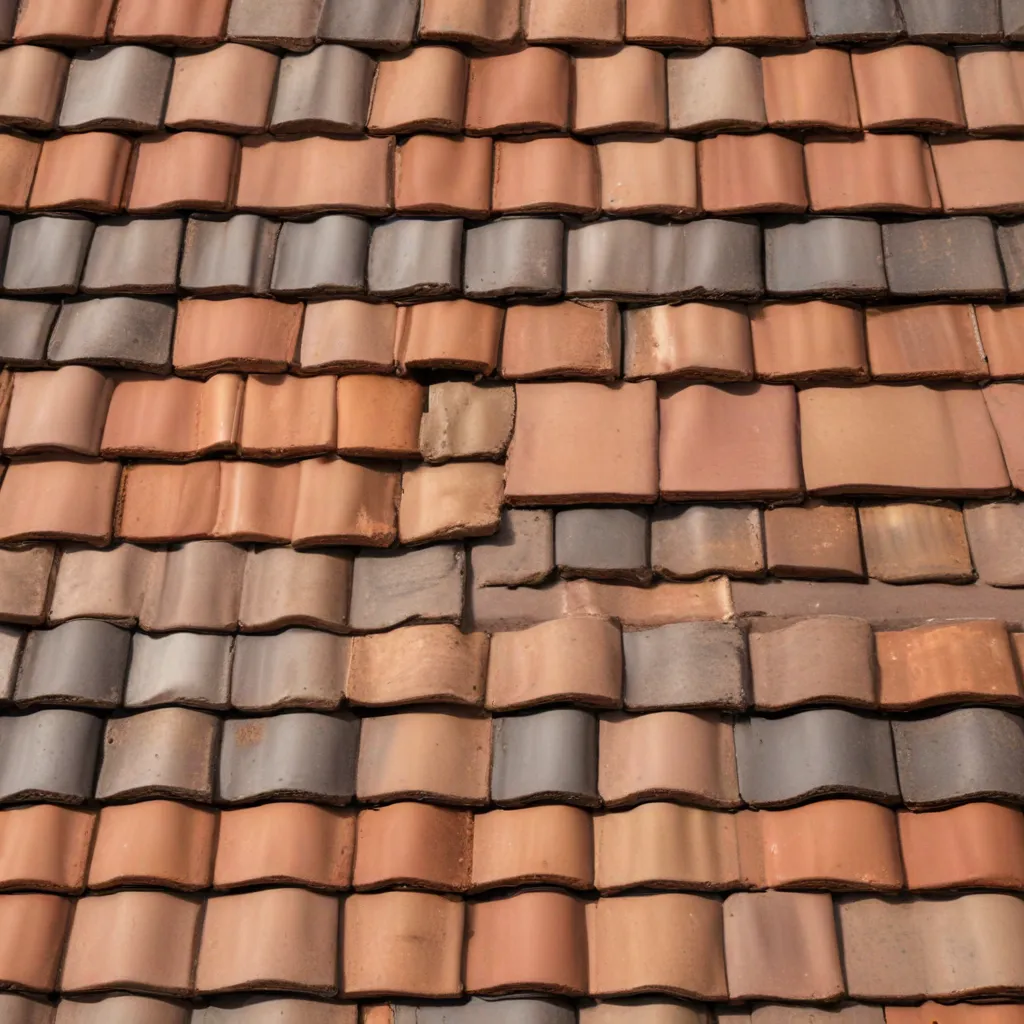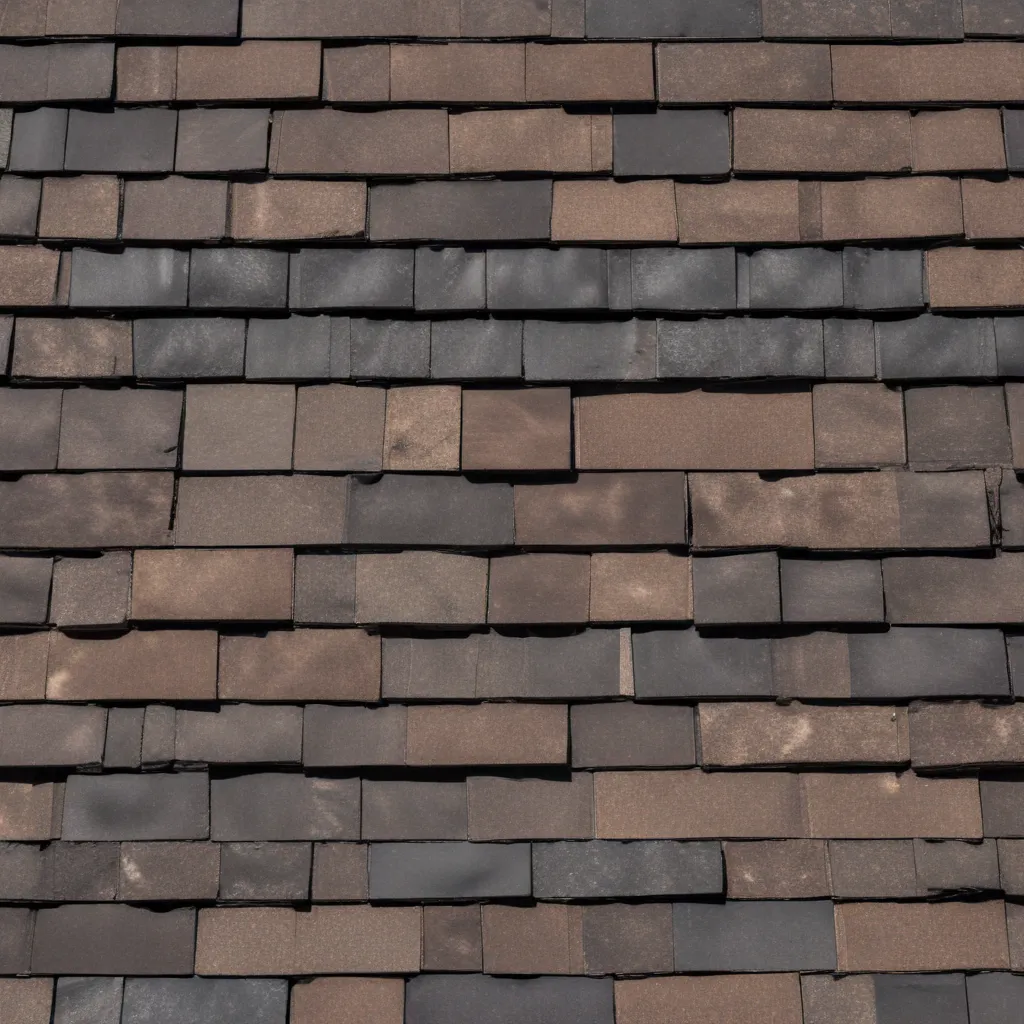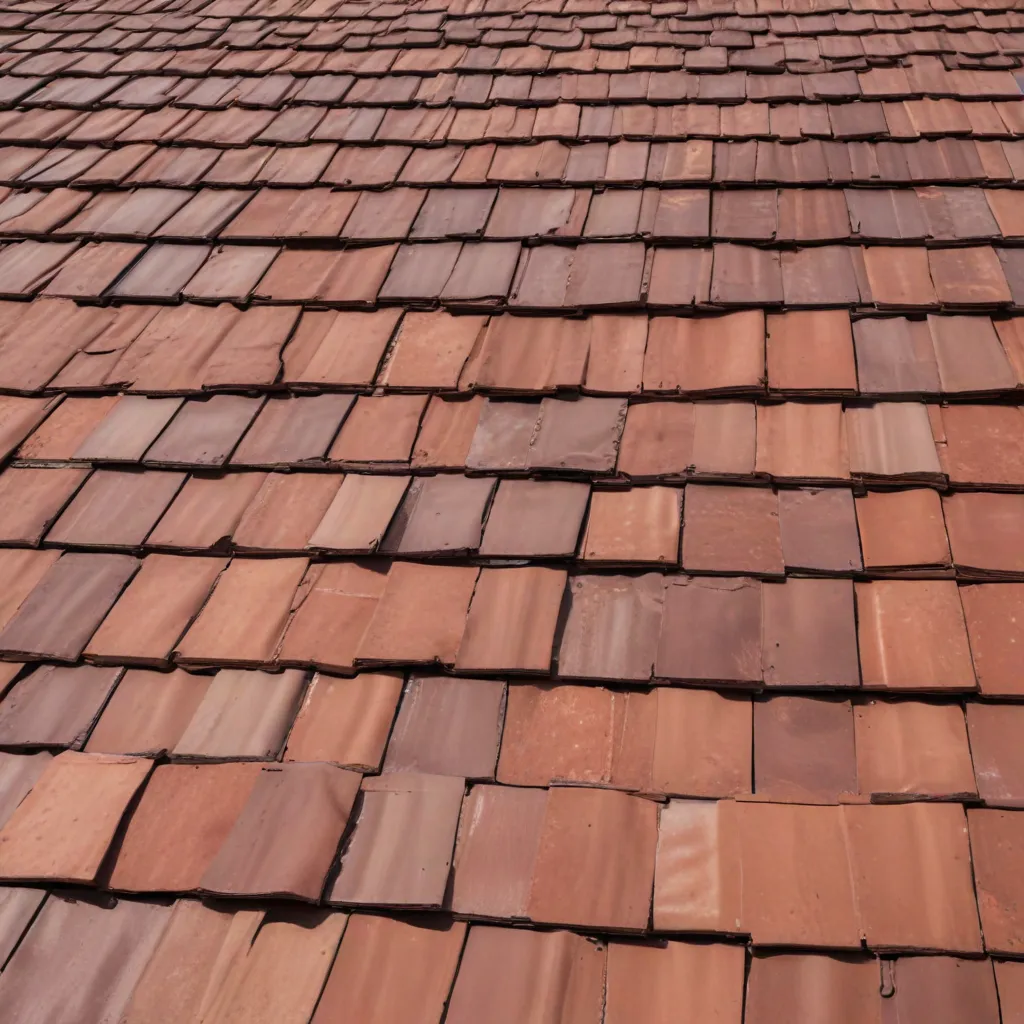When it comes to maintaining your home, one area that often gets overlooked is the roof. A well-maintained roof is crucial for the overall integrity of your house, protecting it from the elements and ensuring the safety and comfort of your family. While some roofing repairs may require professional assistance, there are certain tasks that you can tackle on your own. In this article, we will provide you with expert advice on the dos and don’ts of DIY roof repairs, helping you to save money and maintain the quality of your roof.
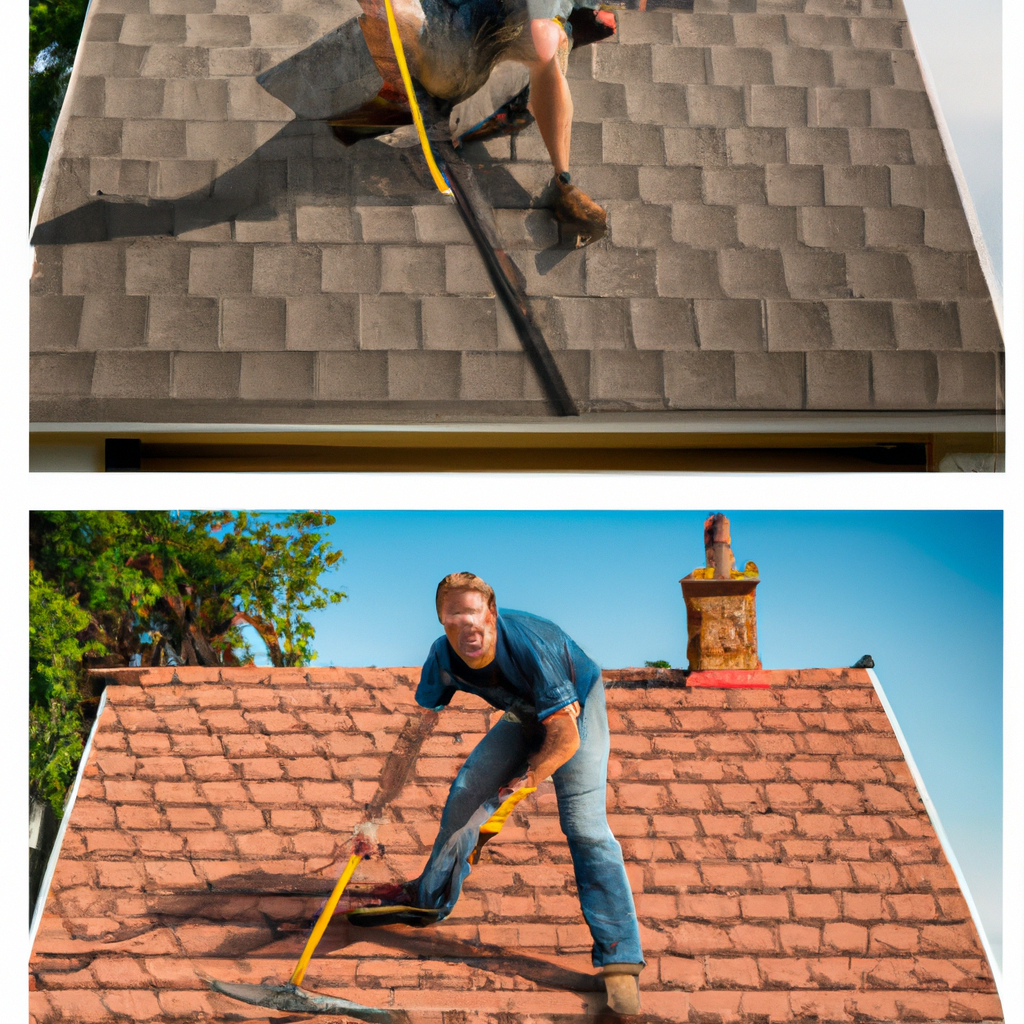
The Dos of DIY Roof Repairs
1. Regular Inspections
One of the most important things you can do to keep your roof in good condition is to conduct regular inspections. By inspecting your roof at least twice a year, you can identify potential issues early on and take the necessary steps to address them. Look for signs of damage such as missing or damaged shingles, leaks, or sagging areas. It’s also important to inspect the flashing around chimneys, vents, and skylights, as these areas are prone to leaks.
2. Cleaning Gutters and Downspouts
Clogged gutters and downspouts can cause water to back up onto your roof, leading to moisture damage and potential leaks. Regularly cleaning your gutters and downspouts is a simple and effective way to prevent these issues. Remove any debris, such as leaves and twigs, and ensure that the water can flow freely through the system. This will help to protect your roof and prevent water damage to your home’s foundation.
3. Repairing Minor Leaks
If you notice a small leak in your roof, it’s important to address it promptly before it becomes a bigger problem. Start by locating the source of the leak and then apply an appropriate roofing sealant or patch. Be sure to follow the manufacturer’s instructions and use the correct materials for your specific type of roofing. Keep in mind that while you can fix minor leaks yourself, larger or more complex leaks may require professional assistance.
4. Replacing Damaged Shingles
Over time, shingles can become damaged or worn out due to exposure to the elements. If you notice any cracked, curled, or missing shingles, it’s important to replace them as soon as possible. Start by removing the damaged shingle, being careful not to damage the surrounding ones. Install a new shingle in its place, ensuring it is securely attached and properly aligned with the others. This will help to maintain the integrity of your roof and prevent further damage.
5. Applying Roof Coating
Roof coatings can provide an additional layer of protection to your roof, extending its lifespan and reducing the need for repairs. Roof coatings are typically made from materials such as acrylic, silicone, or elastomeric, and can help to seal and waterproof your roof. Before applying a roof coating, ensure that your roof is clean and free from any debris. Follow the manufacturer’s instructions carefully and apply the coating evenly for best results.
6. Using Proper Safety Precautions
When undertaking any DIY roof repairs, it’s essential to prioritize safety. Always use proper safety equipment, such as gloves, goggles, and a sturdy ladder. Ensure that the ladder is securely positioned and that you have someone nearby to assist you if needed. Avoid working on the roof during adverse weather conditions, such as strong winds or heavy rain. By taking these precautions, you can minimize the risk of accidents and injuries.
7. Knowing When to Seek Professional Help
While there are certain roof repairs that you can handle on your own, it’s important to know your limits. If you encounter a repair that is beyond your skill level or requires specialized knowledge, it’s best to seek professional help. Roofing professionals have the expertise and experience to tackle complex repairs safely and effectively. Don’t hesitate to contact a licensed roofing contractor when needed to ensure that the job is done right.
The Don’ts of DIY Roof Repairs
1. Ignoring Safety Precautions
We cannot stress enough the importance of safety when it comes to DIY roof repairs. Ignoring safety precautions can result in serious injuries or even fatalities. Never attempt to work on the roof without the proper safety equipment and training. Avoid rushing through the repairs and take your time to ensure that you are working in a safe and controlled manner.
2. Neglecting Proper Roofing Techniques
When it comes to DIY roof repairs, it’s essential to follow proper roofing techniques and guidelines. This includes using the correct tools and materials, following manufacturer instructions, and adhering to local building codes. Neglecting these important factors can lead to subpar repairs that may not withstand the test of time. Always take the time to research and understand the proper techniques before starting any repair project.
3. Failing to Address Structural Issues
While you may be able to handle minor repairs, it’s crucial to recognize when a roof issue requires professional attention. Structural issues, such as sagging or extensive damage, should never be ignored or attempted to be fixed on your own. These types of repairs require the expertise of a professional who can assess the situation and provide the appropriate solutions. Failing to address structural issues can lead to further damage and compromised safety.
4. Using Improper Materials
Using the wrong materials for your DIY roof repairs can have detrimental effects on the longevity and effectiveness of the repairs. It’s essential to use materials that are specifically designed for your type of roofing and the specific repair you are undertaking. Consult with a roofing expert or refer to the manufacturer’s recommendations to ensure that you are using the correct materials. Using improper materials can result in leaks, further damage, and the need for costly repairs.
5. Overlooking Professional Inspections
While regular DIY inspections are important, they should never replace professional inspections. Hiring a qualified roofing contractor to conduct a thorough inspection at least once every few years can help detect hidden issues and ensure the overall health of your roof. Professional inspections can identify problems that may go unnoticed to the untrained eye, allowing for timely repairs and preventing more extensive damage.
6. Rushing the Repairs
DIY roof repairs require patience and attention to detail. Rushing through the repairs can result in mistakes or incomplete repairs that may cause further issues down the line. Take the time to carefully assess the problem, gather the necessary materials, and follow the proper repair techniques. By taking a methodical approach, you can ensure that the repairs are done correctly and effectively.
7. Neglecting Roof Maintenance
Even if you’ve successfully completed a DIY repair, it’s important not to neglect regular roof maintenance. Regularly inspecting your roof, cleaning gutters, and addressing minor issues as they arise will help to extend the lifespan of your roof and prevent more significant problems. Make roof maintenance a priority to ensure the long-term health and durability of your roof.
Conclusion
In conclusion, DIY roof repairs can be a cost-effective way to maintain and address minor issues with your roof. By following the dos and don’ts outlined in this article, you can ensure that your DIY repairs are done safely and effectively. Regular inspections, cleaning gutters, addressing minor leaks, and using proper safety precautions are all key aspects of successful DIY roof repairs. However, it’s important to know when to seek professional help and to avoid neglecting proper techniques, materials, and maintenance. By following these expert tips, you can confidently tackle DIY roof repairs while maintaining the integrity and lifespan of your roof.

